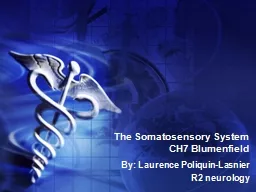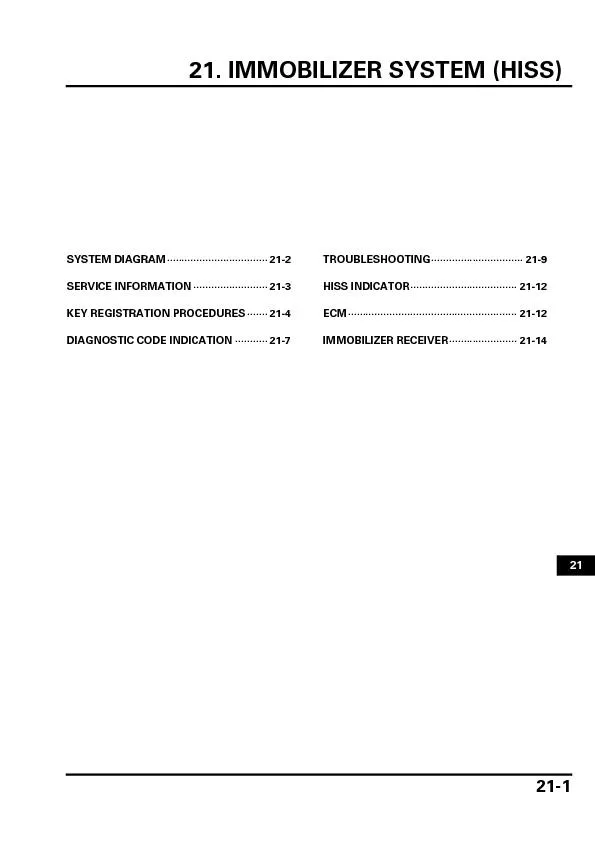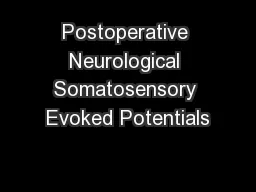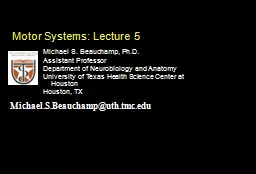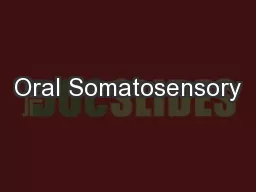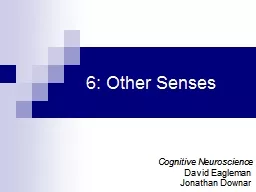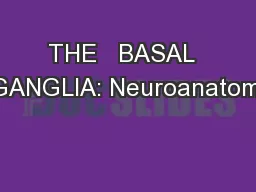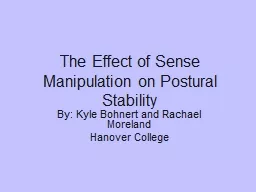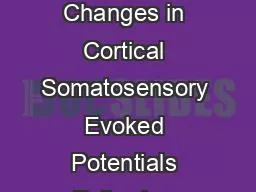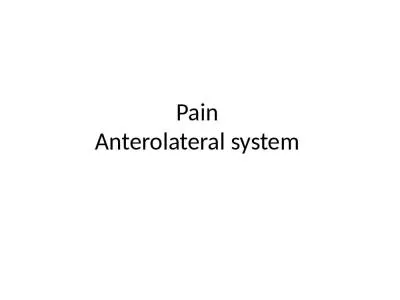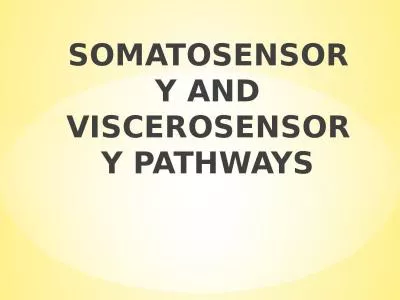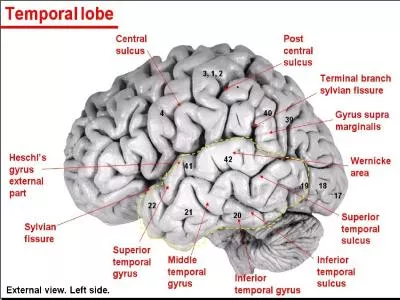PPT-The Somatosensory System
Author : olivia-moreira | Published Date : 2020-04-04
CH7 Blumenfield By Laurence PoliquinLasnier R2 neurology Outline Sensory neuron Main somatosensory pathways Posterior columnmedial lemniscus Spinothalamic tract
Presentation Embed Code
Download Presentation
Download Presentation The PPT/PDF document " The Somatosensory System" is the property of its rightful owner. Permission is granted to download and print the materials on this website for personal, non-commercial use only, and to display it on your personal computer provided you do not modify the materials and that you retain all copyright notices contained in the materials. By downloading content from our website, you accept the terms of this agreement.
The Somatosensory System: Transcript
Download Rules Of Document
" The Somatosensory System"The content belongs to its owner. You may download and print it for personal use, without modification, and keep all copyright notices. By downloading, you agree to these terms.
Related Documents

